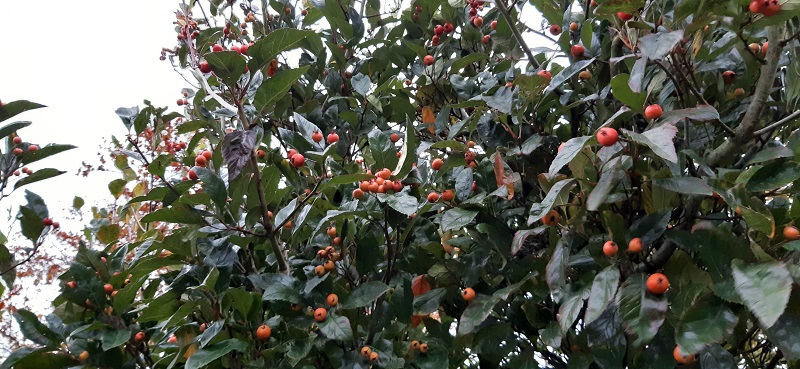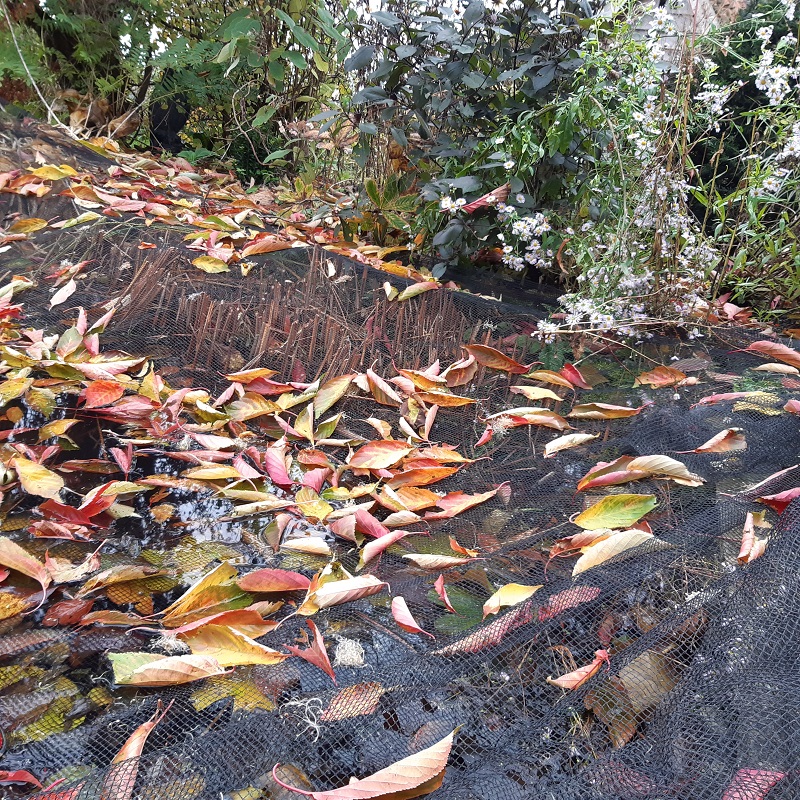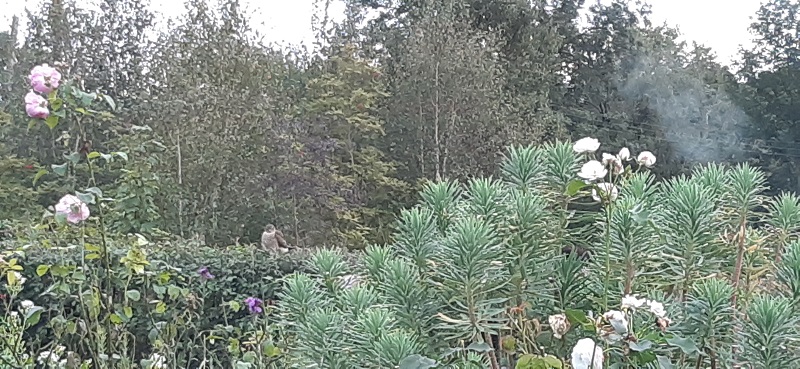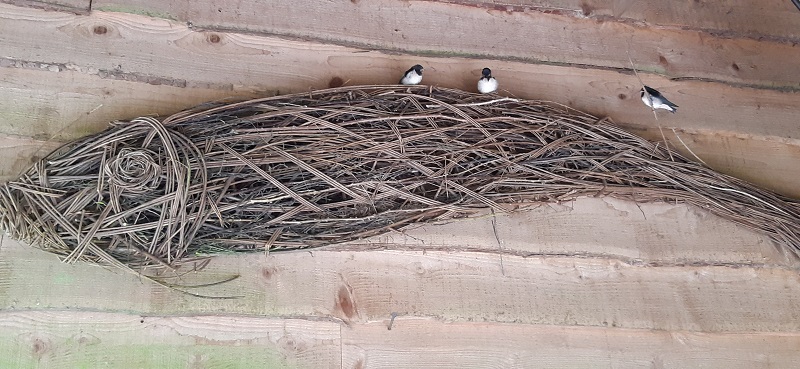The colours are changing in the landscape, patches of vivid green meadows broken up by an intricate network of golden brown hedgerows and woodlands. My garden is looking rather windswept but the Verbena bonariensis, Dahlias, Sedum and Salvias continue to add colour punctuated by red from the Crataegus x lavallei ‘Carrierei’ and Rosa moyseii berries & hips.


It has been a good year in the garden with so much delight from observing wildlife. There has also been heartbreak caused by one wildlife visitor in particular – the sparrow hawk which we see everyday and which has terrorised the swallows, snatched a goldcrest from under our eyes and killed a woodpecker noisily in the neighbour’s garden. Not to mention all the other birds it has taken but not witnessed by us.

In July, I ran some wildlife seminars in the garden (socially distanced and small groups of 5), these were well received and very rewarding for me – it is so invigorating to tap into and to share one’s enthusiasm! As a result of the seminars, I am putting together a wildlife talk for garden clubs which I will be delivering via Zoom in the new year.
As the year draws to a close, I am reminded that ‘there is a time for everything’ and how everything is interconnected.
Now is the season to look after the soil through the winter months to protect the soil crumb structure allowing for strong fresh growth in the spring (e.g. with leaf litter and home made compost). Part of this too, is to avoid cutting everything back hard and to enjoy the structure offered by trees, shrubs, evergreens and architectural seed heads.
One of my favourite motos being “for a plant to thrive the soil must be alive”.
